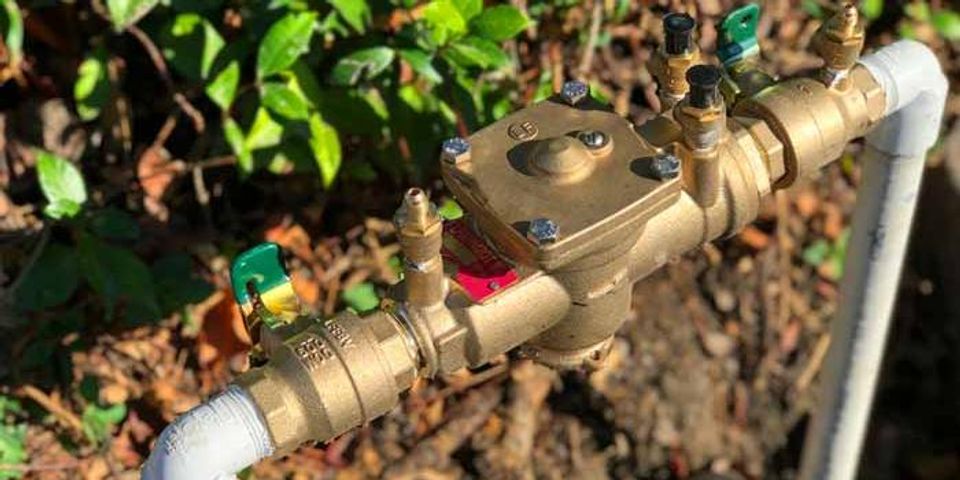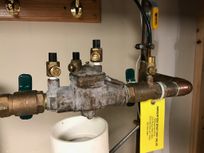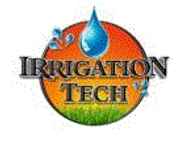Why Is a Backflow Preventer Necessary for an Irrigation System?

(Excerpt from article by Mary Elizabeth Williams-Villano in the Irrigation & Green Industry magazine October 2013 Issue)
When you turn on the tap, the last thing you expect is worms. Yet that’s what one Michigan homeowner got when a malfunctioning lawn sprinkler coupled with a water main break sucked nematodes into his water system. There they were, alive and swimming around in the bathtub he’d just filled for his child. Needless to say, that child went to bed without a bath that night.
This was a relatively benign incident. There are much worse backflow stories, such as the family in Colorado that was sickened by, ironically – raw sewage sucked into their drinking water from an improperly installed water purification system. Backflow prevention devices keep things like this from happening.
Backflow is probably the most complex and confusing aspect of the entire irrigation field.
What is backflow?
Very simply, backflow is what happens when water in an irrigation system, instead of flowing out, flows back in, carrying with it contamination from whatever was around the output source.
In the case of an irrigation system, fertilizer, animal waste, pesticides, and, yes, insects can be sucked back into a system through a cross-connection.
A cross-connection is any physical link between a source of potable (drinking) water and a source of non-potable or contaminated water. These sources include sewage lines, cooling and fire suppression systems, and they happen on both commercial and residential properties.
What causes backflow?
Two major culprits cause backflow: backsiphonage and backpressure.
Backsiphonage occurs when the pressure in a city’s water main becomes negative. “The best analogy is that it is trying to literally draw or suck the water out of your building,” said Jon Everett, technical services manager for the Zurn/Wilkins operation of Zurn Industries, LLC, based in Erie, Pennsylvania.
It’s caused by high water withdrawal rates, such as a pipeline break. Or, when there’s a large fire down the street, and the fire department hooks up several pumper trucks. Water, normally under pressure, seeks to move to a lower pressure area. When it erupts out of a pipeline break, all the other in the system seeks to go out, too.
Backpressure occurs when a system’s pressure is greater than the city’s supply pressure. This is typically caused by pumps, changes in piping elevation, or thermal expansion caused by a water heater. In fact, the most common cause of backpressure is thermal expansion due to a water heater.
Since a cold water line is directly connected to the water heater itself, when that water is heated, it begins to expand. “At the very moment we create a pressure that is one scintilla greater than the city’s supply pressure, we’ve got backpressure,” said Everett. “That means we’re pushing water back into the public supply.”
Tim’s comments regarding backflow –
When we install a new irrigation system, we create a new “cross-connection”. This irrigation cross-connection has the potential to contaminate the drinking water with whatever is on your lawn; fertilizer, grub control, weed control or animal droppings. New York State Public Health Department mandates that when we install a new irrigation system, we install a backflow preventer. Additionally, the water purveyor in your area will inspect our installation for compliance with the type of device used and the proper placement. The device must be tested annually, by a NYS certified inspector. Irrigation Tech has seven certified inspectors on staff. By following these rules, the homeowner will never have to worry about contaminating their own or their neighbors’ drinking water.
About the Business
Have a question? Ask the experts!
Send your question

